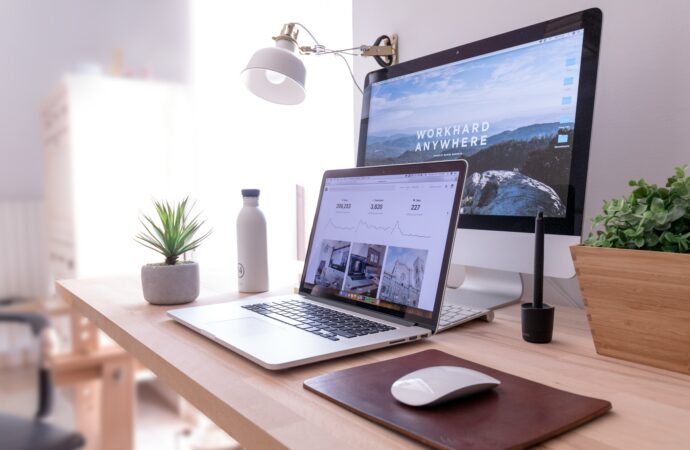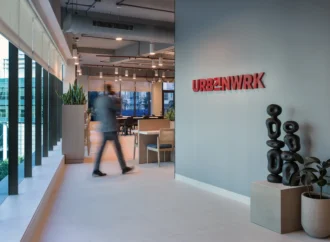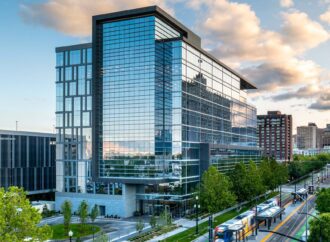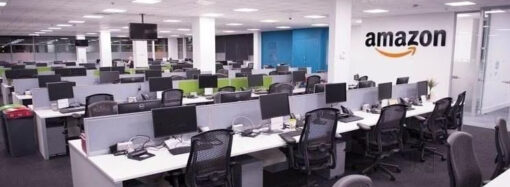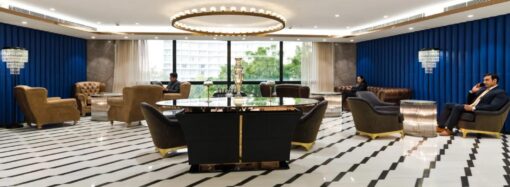Explore the profound influence of well-designed workspaces on employee happiness and productivity. From ergonomic furniture to natural lighting, learn how strategic design choices can enhance well-being and retention rates. Discover actionable strategies and real-life examples to create a workspace that cultivates a thriving organizational culture.
In today’s fast-paced work environments, the significance of a well-designed workspace cannot be overstated. Beyond aesthetics, a thoughtfully curated workspace fosters employee well-being, satisfaction, and productivity. Let’s investigate why investing in a well-designed workspace is crucial for retaining healthy and happy employees.
Importance of a Well-Designed Workspace
A well-designed workspace isn’t just about stylish furniture or trendy decor; it’s about creating an environment that supports employees’ physical, mental, and emotional needs. Employers can cultivate an atmosphere where employees feel valued and motivated to perform at their best by prioritising comfort, functionality, and aesthetics.
Elements of a Well-Designed Workspace
Ergonomics
One fundamental aspect of a well-designed workspace is ergonomic furniture and equipment. Chairs with proper lumbar support, adjustable desks, and ergonomic keyboards can significantly reduce the risk of musculoskeletal disorders and enhance overall comfort.
Lighting
Good lighting is essential for maintaining employee alertness, reducing eye strain, and regulating mood. Natural light is preferable whenever possible, but if unavailable, well-designed artificial lighting systems can effectively mimic natural daylight.
Layout and Space Management
An efficient workspace layout promotes ease of movement, collaboration, and employee communication. By optimising space utilisation and minimising clutter, employers can create an open, inviting environment conducive to productivity.
Greenery and Natural Elements
Integrating plants and natural elements into the workspace has been shown to reduce stress, increase creativity, and improve air quality. Incorporating biophilic design elements can create a connection to nature, fostering a sense of calm and well-being among employees.
Impact on Employee Health and Well-being
A well-designed workspace profoundly impacts employee health and well-being, influencing physical and mental aspects.
Physical Health
Ergonomic furniture and proper lighting improve posture, reduce fatigue, and reduce work-related injuries. Employees who work in comfortable, supportive environments are less likely to experience aches, pains, and other physical discomforts.
Mental Well-being
A thoughtfully designed workspace can promote mental clarity, concentration, and creativity. Employers can support employees’ emotional and cognitive needs by minimising distractions and providing quiet reflection or relaxation, reducing stress and anxiety.
Productivity and Efficiency
Ultimately, a well-designed workspace enhances employee productivity and efficiency. Employees who feel comfortable, engaged, and supported in their environment will likely stay focused, motivated, and committed to their work tasks.
Strategies for Creating a Healthy Workspace
Creating a healthy workspace requires a strategic approach considering employees’ unique needs and preferences.
Employee Involvement
Involve employees in the design process to ensure their voices and concerns are heard. Solicit feedback, conduct surveys, and encourage open dialogue to gather insights into what aspects of the workspace are most important to them.
Flexible Work Arrangements
To accommodate diverse lifestyles and preferences, offer flexible work arrangements, such as remote work options or flexible hours. Empowering employees to choose how and where they work can enhance their sense of autonomy and work-life balance.
Incorporating Break Spaces
Designate dedicated break areas where employees can relax, socialise, or recharge during breaks. Access to comfortable seating, refreshments, and recreational activities can help employees decompress and rejuvenate, boosting morale and energy levels.
Providing Access to Nature
Maximise opportunities for exposure to nature within the workspace, whether through indoor plants, green walls, or outdoor seating areas. Connecting with nature has been shown to reduce stress, increase creativity, and promote overall well-being.
Conclusion
A well-designed workspace is more than just a workplace—it’s a vital component of a healthy, thriving organisational culture. By investing in employees’ physical, emotional, and psychological needs, employers can create environments where individuals feel valued, supported, and empowered to excel. In doing so, they retain their most valuable asset—their employees—and cultivate a competitive advantage in attracting top talent and driving business success.
FAQs
How does workspace design impact employee morale?
Workspace design influences employee morale by affecting comfort, aesthetics, and functionality. A well-designed workspace can boost morale by creating a positive, uplifting environment that supports employee well-being and fosters a sense of belonging.
What role does natural light play in workspace design?
Natural light is essential for maintaining employee alertness, regulating circadian rhythms, and improving mood. Exposure to natural light has been linked to increased productivity, reduced stress levels, and enhanced overall well-being.
How can employers involve employees in the workspace design process?
Employers can involve employees in the workspace design process by soliciting feedback, conducting surveys, and organising focus groups. By actively involving employees in decision-making, employers can ensure that the final workspace design reflects the diverse needs and preferences of the workforce.
What are the benefits of incorporating greenery into the workspace?
Incorporating greenery into the workspace has numerous benefits, including improved air quality, reduced stress levels, and increased productivity. Plants can also enhance the workspace’s aesthetic appeal and create a sense of connection to nature, fostering a more positive and uplifting atmosphere.
How can employers measure the effectiveness of their workspace design?
Employers can measure the effectiveness of their workspace design by collecting employee feedback, monitoring key performance indicators (KPIs) such as productivity and employee satisfaction, and conducting periodic evaluations of the physical environment. By gathering data and insights, employers can identify areas for improvement and make adjustments to optimise the workspace for maximum impact.

